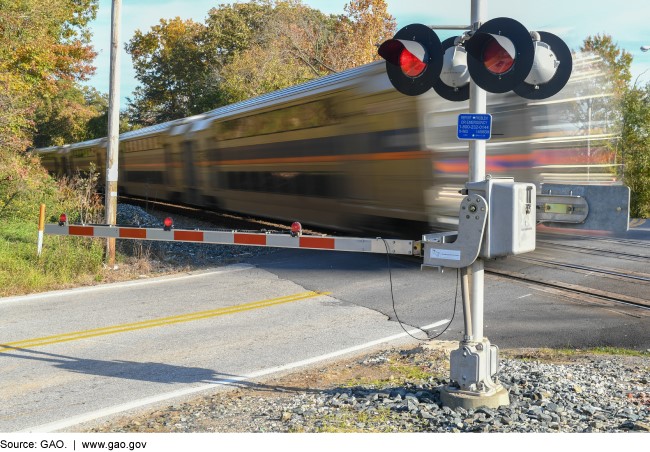Grade crossings pose one of the most significant safety challenges for railroads and transit agencies across the United States (U.S.) and encompass 34% of railroad incidents in the past ten years. The elimination of grade crossings to reduce risk can improve public safety, decrease financial burdens, and improve service to the public. To improve grade crossing safety in New Jersey, this research provided the New Jersey Transit (NJT) with a list of 20 grade crossings prioritized for closure from an initial list of 100 grade crossings provided by NJT.NJDOT Research
Through this research effort, the team surveyed the latest literature on grade crossing closure and prioritization. Based on the state of practice methodologies used by other States, a list of twenty critical data fields was created and verified with New Jersey Transit for each one hundred grade crossings. These data fields were crash history, average annual daily traffic, roadway speed, roadway lanes, length of the crossing’s street, weekday train traffic, train speed category, number of tracks, access to train platforms, intersection angle, distance to alternate crossings, distance to emergency and municipal buildings, whether emergency and municipal buildings are on the same street, and date of last or future planned signal and surface upgrades.
This data was used to rank the crossings through an analytical hierarchical process (AHP) where they were filtered, normalized, and ranked. Three lists were generated: 1) a list of the top twenty grade crossings prioritized for closure, 2) a rank list of all crossings on the North Jersey Coast Line, and 3) a ranked list of the omitted state and county route crossings.
Posted in Uncategorized.
